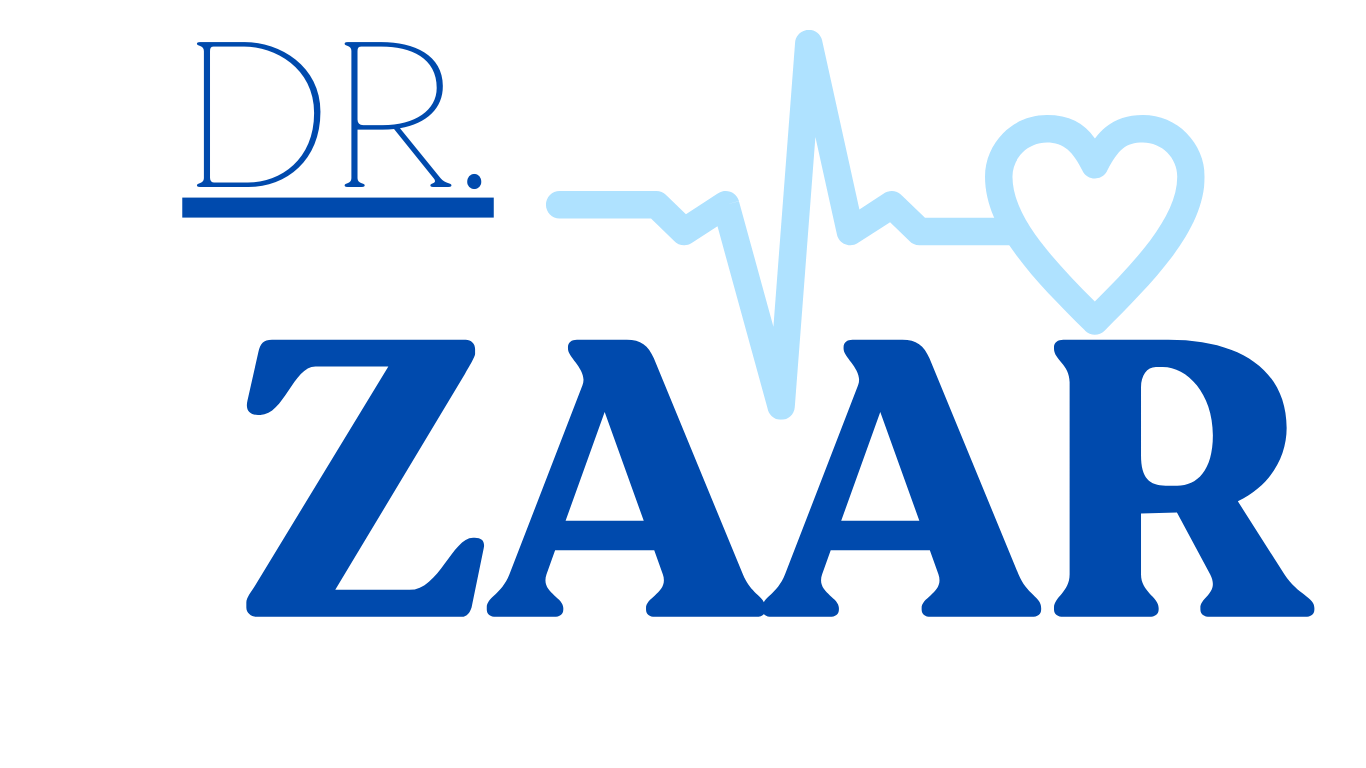Title: “Human Placental Lactogen (HPL) and Ovarian Disorders: A Novel Player in Hormonal Dysregulation”
Introduction:
Ovarian disorders encompass a diverse range of conditions affecting the normal functioning of the ovaries, leading to hormonal imbalances. While ovarian dysfunction is often attributed to factors such as polycystic ovary syndrome (PCOS) or ovarian tumors, emerging research suggests that Human Placental Lactogen (HPL) may play a previously unrecognized role in modulating ovarian hormones. This article explores the intricate relationship between HPL and ovarian disorders, shedding light on the potential implications of HPL in hormonal dysregulation associated with these complex conditions.
I. Ovarian Disorders: An Overview:
Ovarian disorders encompass conditions such as PCOS, ovarian cysts, and ovarian tumors, characterized by hormonal imbalances originating from the ovaries.
II. Human Placental Lactogen: A Hormone of Pregnancy:
HPL, primarily produced by the placenta during pregnancy, plays a pivotal role in maternal adaptations to gestation and fetal development.
III. HPL and Ovarian Hormone Regulation:
A. Modulation of Ovarian Hormones:
- HPL’s Influence: Emerging evidence suggests that HPL may influence the production and regulation of ovarian hormones, potentially impacting ovarian function.
IV. Implications for Ovarian Disorders:
A. Altered Ovarian Hormone Levels:
- Understanding the potential role of HPL in ovarian hormone regulation may provide insights into variations in hormone levels observed in individuals with ovarian disorders.
B. Diagnostic Considerations:
- Recognition of HPL’s role may have implications for diagnostic assessments and the differentiation of various ovarian disorders.
V. Treatment Considerations:
A. Medical Therapies:
- Tailoring medical therapies for ovarian disorders to consider the presence of HPL during pregnancy and its potential impact on ovarian hormone regulation.
B. Pregnancy Management:
- Managing ovarian disorders during pregnancy while accounting for HPL-related changes in ovarian hormones.
VI. Maternal and Fetal Health:
A. Pregnancy Outcomes:
- Investigating the impact of ovarian disorders and altered HPL levels on maternal and fetal health during pregnancy.
VII. Future Research Directions:
Ongoing research in the field of HPL and ovarian disorders aims to:
- Elucidate the specific mechanisms by which HPL may influence ovarian hormone regulation in ovarian disorders.
- Explore potential therapeutic interventions targeting HPL-related aspects of ovarian hormone regulation to improve the management of ovarian disorders.
Conclusion:
The intricate relationship between Human Placental Lactogen and ovarian disorders offers a unique perspective on hormonal dysregulation in these complex conditions. By unraveling the complexities of the HPL-ovarian disorder axis, researchers and healthcare providers may gain valuable insights into the diagnosis, treatment, and potential consequences of ovarian disorders, particularly during pregnancy. As research in this field continues to advance, it holds the promise of enhancing the care and outcomes of individuals affected by ovarian disorders.
